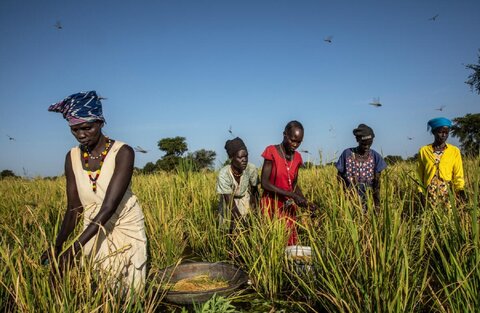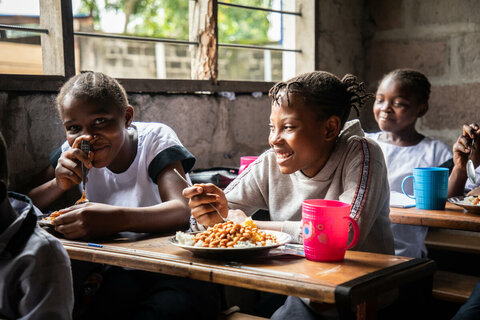Lessons in hope for refugees in Rwanda

At dawn in Kigali, Rwanda's capital, when the sun has just barely returned to the sky, a stark white UN vehicle full of humanitarian workers makes its way to the border with Tanzania.
The vehicle moves in a dance with Kigali streets, as motorbikes erratically swerve in every direction. Gradually, the symphony of traffic horns drowns out in the distance as they make their way deeper into the Mars-red backdrop of rural Rwanda.
After 167 kilometres down dusty, unpaved roads, brick huts and tin roofs appear by the hundred in uniform rows. The vehicle has reached its destination.

Mahama Camp is both the youngest and largest refugee camp in Rwanda. In 2015, when more than 50,000 people fled violent political unrest in neighbouring Burundi, Mahama began to grow into the densely populated sprawl it is today, hosting 59,843 refugees — over 35 percent of Rwanda's total refugee population.
At the outset of conflict in Burundi, the World Food Programme (WFP) activated its supply chains to deliver in-kind food assistance to the newly arrived refugees.
By 2018, seeking to empower both refugees and their camp's economy with greater autonomy, WFP food assistance evolved into a hybrid of in-kind and unrestricted cash. Now, in addition to receiving beans from WFP, refugees also receive cash assistance to purchase food in their local market.

Today at the camp, life is everywhere. A steady stream of humanitarian vehicles enters in the early morning. At school, megaphones blare as children hush, lining up for class. Bicycles pass loaded with bananas from nearby farmers, en route to shop owners in the local camp market.


Mothers congregate in yellow kiosks scattered across camp, their chatter buzzing. Today, WFP cash assistance is distributed for the month. People head straight to the camp market with the cash assistance they have received.

Here, in the marketplace where the community heads to shop, is where WFP must gauge the effectiveness of the local supply chain in delivering affordable foods. The team who arrived in the morning talk to some of the people who make everything run — the cyclist carrying bananas on his back, the retailer with a stand of grains and spices, and the millers and wholesalers outside the camp.
Together, they find opportunities to help strengthen market capacity in Mahama. WFP monitors the prices of the local shops, links farmers with retailers, and eliminates inefficiencies in rice supply chains. These activities join WFP's core effort to build sustainable local markets for vulnerable people to access food.


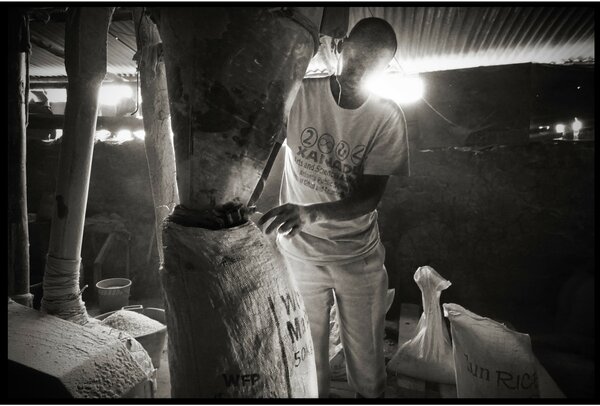
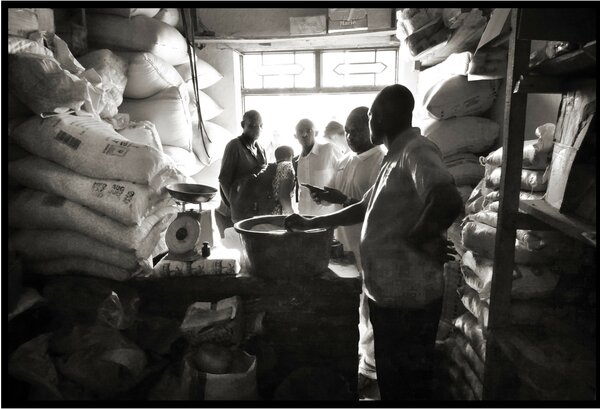
As families shop for groceries in the camp market, the refugee experience in Rwanda transforms from beneficiary to everyday customer, not unlike life back home in Burundi.
Most refugees, however, spend their monthly assistance in one trip to the market on the day of distribution. After living in the face of food insecurity, it takes time to shift from survival mode — even with WFP assistance giving certainty of the next meal. The shopping behaviour of the community reveals grounding principles in Mahama Camp: save, do not complain, and live hopeful for a better future for your children.

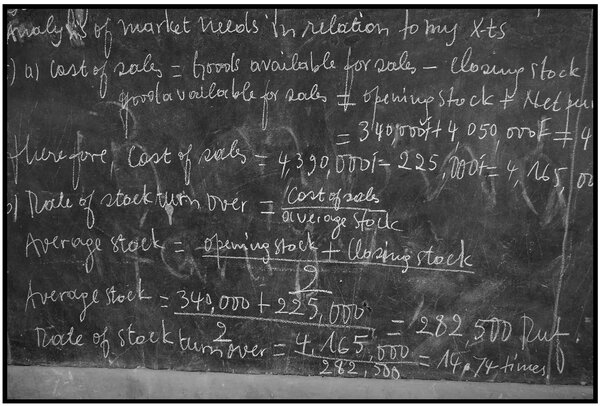
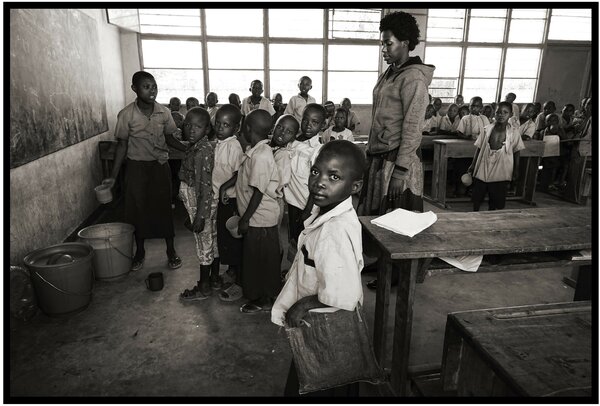
At the edge of Mahama Camp, 27,000 students dressed in blue uniforms attend class. In the vibrant classroom of one of the schools, students learn about markets as parents' dreams of a better future for their children come to life.
Photography by Laurent Blime.

